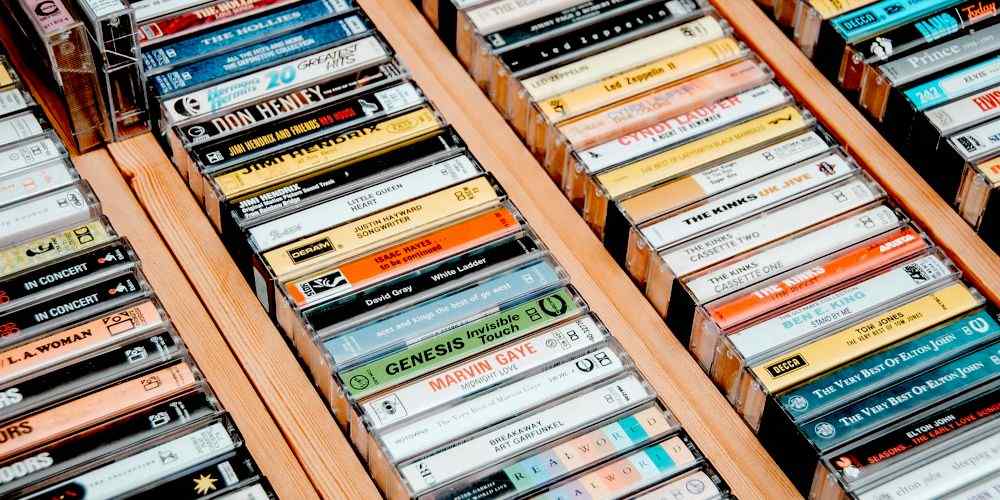It's been a few years since the vinyl record began its resurgence. The format, once thought dead, has gained popularity to the point that more vinyl records sell in a year than CDs, though streaming and even digital sales trump them both.
Now another decades-old format is beginning to see a surge in popularity: the humble cassette.
With more musical artists releasing cassettes than we've seen since the 1980s, there has never been a better time to start a cassette collection.
Why Buy Cassettes, Anyway?
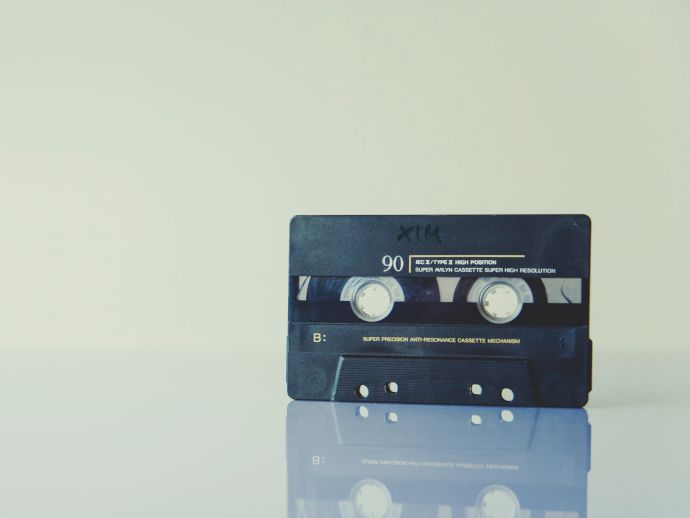
Vinyl is great, but it's expensive to press vinyl records. If you're a popular artist, this isn't a problem, but it is a problem for less popular artists.
Cassettes are much cheaper to duplicate, and you can produce them in much smaller runs, meaning you don't get stuck with thousands of unsold cassettes.
Cassettes let an artist offer a physical release worth buying alongside their digital sales, because right now isn't exactly the heyday of the CD.
Do You Have a Cassette Deck?
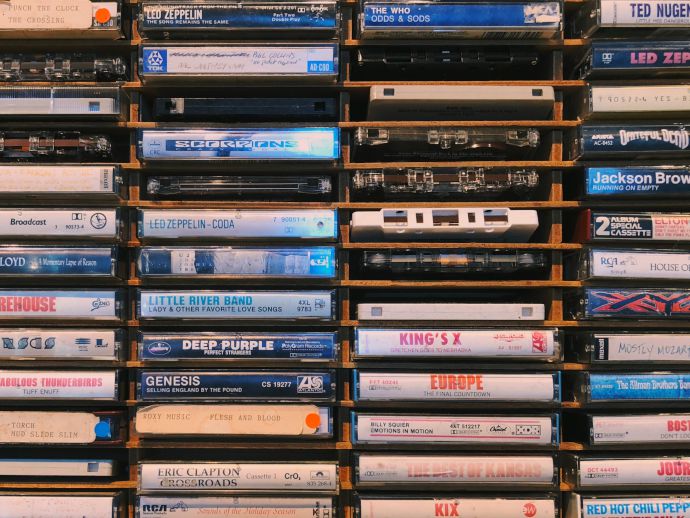
Obviously, if you want to listen to cassettes, you need a cassette deck. While turntables are easily available these days, cassette decks aren't as widespread as they used to be.
You can find cassette decks new, but expect to pay in the neighborhood of $100. If you're lucky, you might have one lying around.
Otherwise, if you want to get listening to cassettes without spending a ton, you can look for used units on eBay or Reverb. Still, if you're looking for a quality model like a Nakamichi, expect to pay a fair amount of money.
Keep Your Heads Clean
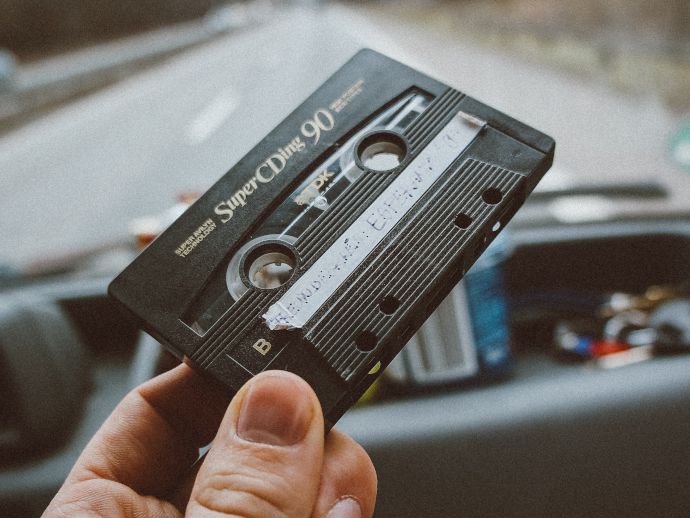
If you want your cassettes to sound their best, you'll want to clean your deck regularly.
As tapes play, the magnetic material on the cassette sheds from the tape, gathering on the heads. Cleaning this will get you the best sound quality.
Pressing down the play button will make the heads more accessible, and all you need is some isopropyl alcohol and a Q-tip. You'll also want to clean the capstan and pinch roller to prevent the player from eating your tape and getting jammed.
Keep Your Cassettes Protected
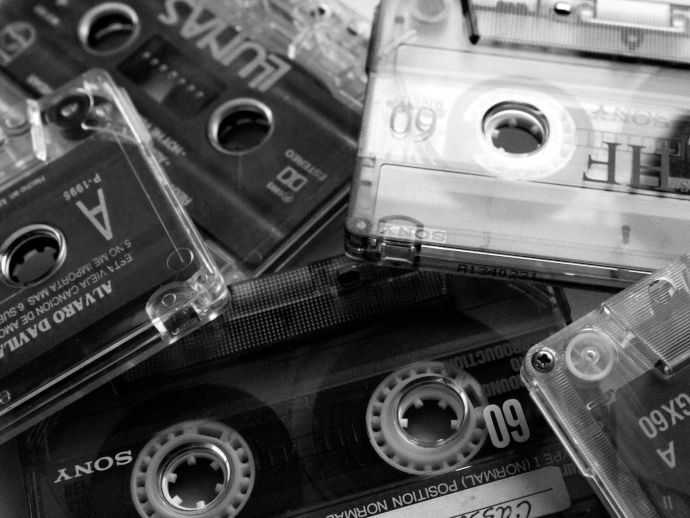
One of the easiest things you can do to ensure the best sound quality and prevent jams is make sure to keep your cassettes protected.
This means keep them in the case when you're not listening to them and put them in their case when you're done playing them. If your tapes don't have plastic cases, keep them in a box with a cover.
If your cassettes aren't protected, they can gather dust and this will make them sticky. As this builds up over time, a tape jam is more and more likely.
The moral of the story is don't leave your tapes lying around haphazardly and they'll last you much longer.
What to Do If a Cassette Gets Stuck
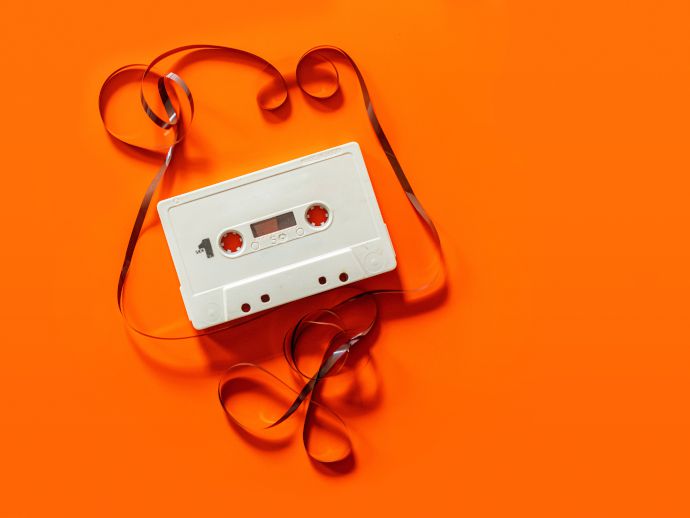
If you listen to cassettes long enough, there is a non-zero chance that one will eventually jam up inside the player. The steps above should help you avoid this, but sometimes it happens no matter how careful you are.
The first thing to do is hit the Stop button. The pause button will continue putting tension on the tape, so make sure to actually stop it.
Now, carefully try to open the cassette compartment on your tape deck. If this works, carefully remove the tape from the player.
Now you just need a pencil to re-spool the tape that has come out of the cassette.
If the cassette is stuck, you can try lightly pulling with a screwdriver or needle-nose pliers, but be careful, as this could damage the deck, the tape, or both.
If you prefer higher audio fidelity in your physical music collection or just prefer larger artwork, vinyl may be more your cup of tea. Thanks to its popularity, it's easier than ever to collect vinyl.
